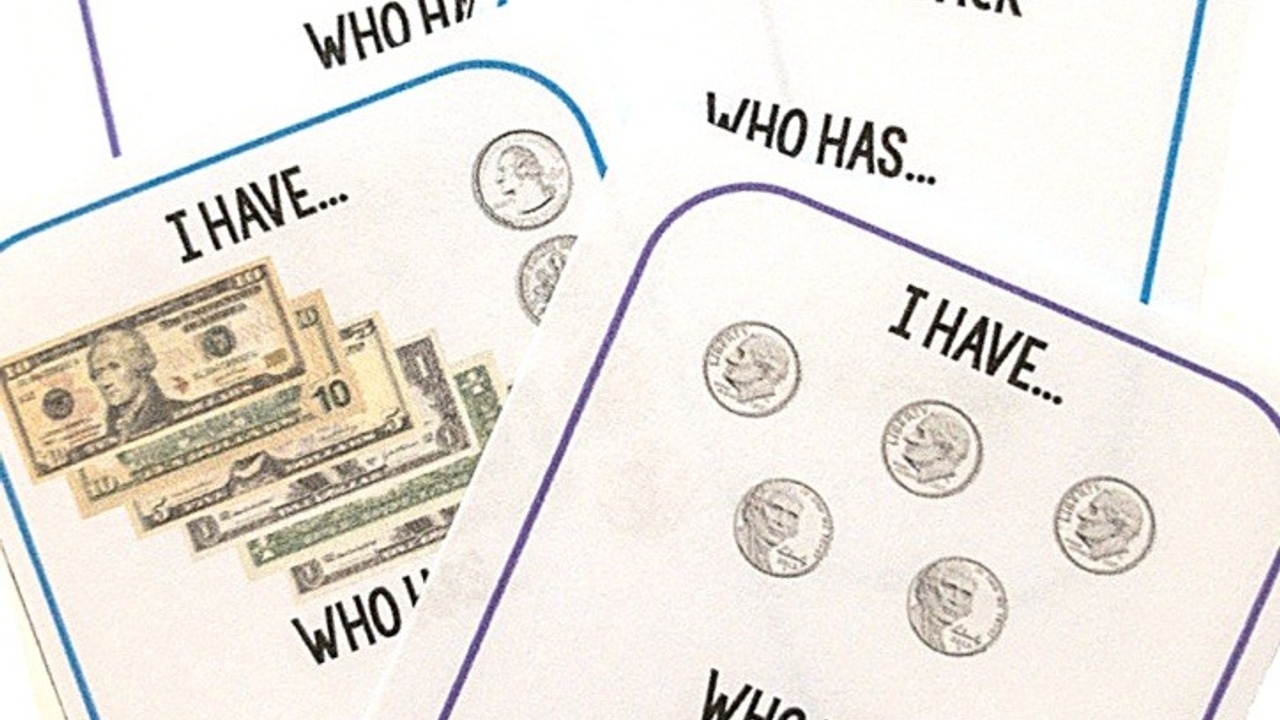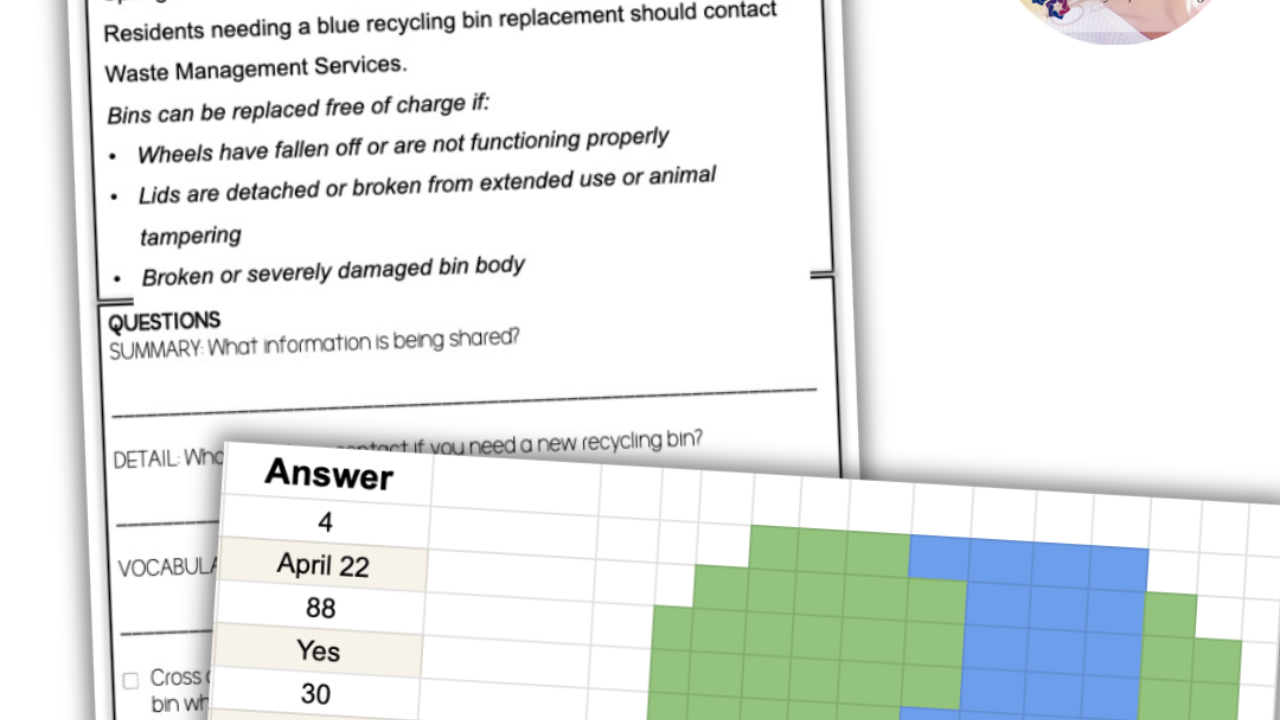How To Teach: Counting and Adding Coins and Dollar Values
Mar 07, 2022
Importance of Counting and Adding Coins and Bills
Yes, the debit card (and even credit card) reign supreme in the money world, however there are still times when a student would need to not only know and add dollar bills, but also identify and count coins. So, while the need for this skill is diminishing, it is still one that has value.
Examples of what a student would need to count and add coins or bills- cashier, laundromat, and pay parking meter.
-Identifying each coin
-Identifying each bill
-Identifying the value of each coin and bill
-Adding coin values
-Adding dollar values
-Adding coin and dollar values
-Using a visual to add coin and dollar values
Why Focus On These Skills
While counting coins may no longer be as in high demand as it once was, there is still a need to know how to identify and count both coins and bills.
The lesson unit includes a 1 page visual to assist students in organizing their coins and bills when counting and even has a small grid to assist in counting (but a calculator is always a safer bet than mental math, for the majority of people)!
When To Teach
Teaching students how to count and add coin and bill values can (and maybe should) be addressed before students begin to make purchases. Therefore, you can see where students are in these skills and support them in building up to the next money-skill level.
I’ve created a complete lesson unit of materials for teaching this topic. The materials are comprehensive (5 full lessons) and most appropriate for life skill lessons at the middle school, high school and transition level students. Below are some lesson unit highlights!
Students will identify the value of coins and dollars.
Students will count the value of mixed coins and mixed dollars using a visual or calculator.
Lesson Vocabulary
-
Pre and Post assessment
-
1 page narrative explaining the skill with and without visual text supports (to incorporate functional reading)
-
5 skill practice activities to learn and/or reinforce the focus skills
-
Game for students to practice their skills (because learning is fun)
-
Boom Cards for practice or assessment
-
Student learning reflection worksheet (thumbs up or down)
-
Encouraging on-topic quotes (use as a classroom poster or starter for each class period)
-
5 strategies for success (tips for being successful with the focus skills)
-
Coloring page with on-topic graphics
-
Skill mastery certificate for positive recognition and reinforcement
-
Data collection sheet on specific focus skills
-
Homework sheet to encourage students to practice the skill outside of the school setting
-
Word search of key vocabulary terms
-
Visuals for focus skills with age appropriate colors and graphics
Ultimate Goal
If students have a way of making a purchase, that is the ultimate goal! Now, I realize that isn’t what this lesson unit is about, but if students struggle with learning about coins and counting coins and using a debit card will get them to the same end goal, then don’t be afraid to shift to that mindset.
Links to Curriculum


















